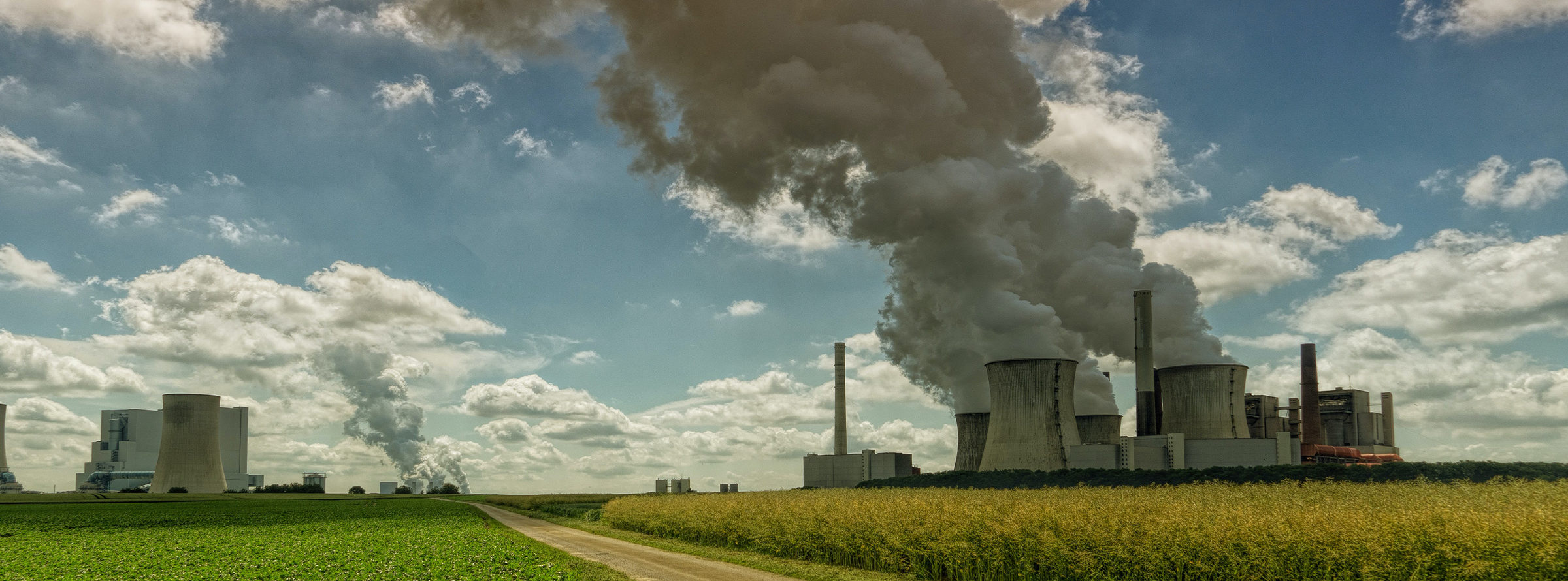Background
Thousands of companies around the world have made pledges to reduce carbon emissions in the coming decades in response to the climate crisis, including initiatives to reduce reliance on carbon-intensive industries and reducing deforestation-related emissions. As well as initiatives to reduce overall emissions, governmental and voluntary programs have enabled organizations such as airlines and fossil fuel companies to purchase so-called offset credits from accredited emissions reduction schemes.
Carbon offsetting is possible because climate change is a global problem — greenhouse gases mix throughout the atmosphere, so it is argued that reducing emissions anywhere contributes to overall climate mitigation. Spurred by growing demand from polluting industries, carbon offsets can be created in a variety of ways, from industrial cap-and-trade to REDD+ schemes that are based on forest management, as well as a new class of green bonds that use debt financing to pay for climate adaptation projects. By 2030, estimates suggest the market for offsetting carbon emissions will grow by over 6000% to about $23 billion.
For some examples of stories previously published under this project see this page.

Image of a power plant by Johannes Plenio via Unsplash.
Series objectives
Mongabay is seeking stories that improve our understanding of these schemes and how effective they are in achieving climate goals, the key players involved in their financing and regulation, and the actions of groups offering carbon offsets for sale in national and regional carbon trading markets.
Suggested story topics and guidelines:
We welcome proposals from experienced journalists for conventional news stories, features, investigative reports, case studies and short video packages of up to 10 minutes in length that highlight topics of interest including:
- Reforestation projects that have signed up with accredited carbon offset bodies
- Financing schemes such as green bonds
- Previously unreported or newly launched REDD+ projects, or significant recent developments with existing projects
- Case studies of corporations using carbon offset schemes. Have they been meeting their commitments?
- Impacts of emissions trading schemes on communities living near polluters
- Schemes that use emissions trading or offset credits to greenwash products
- Public relations initiatives aimed at promoting carbon offsets as a climate change solution
- Regulators and managers of the voluntary carbon offset markets
For more information on carbon offsets, see Mongabay’s video explainer or webinar on the issue.
Each commissioned story will be between 800 and 2,000 words in length and will include quotes from at least three original interviews. Higher word counts may be negotiated for investigative pitches and features on a case-by-case basis. Authors will be expected to provide several publishable photos for Mongabay’s use to accompany their articles, along with captions and photo credits. Additionally, authors should provide links to supporting documentation cited in their story.
Mongabay will negotiate all fees and contracts on a per-story basis. Completed stories will be paid on a per word or fixed fee basis, with rates depending primarily on the journalist’s experience and the potential of the proposal. Mongabay.com publishes under an open Creative Commons license that allows for sharing, translation, and re-posting. More information on Mongabay’s editorial standards and practice can be found here.
Opinion and comment pieces will not be considered as paid opportunities for this project. If you have a pitch for a comment or opinion piece on this issue, please share it using this form and refer to our submission guidelines.
How to submit your story pitch
If this is your first time submitting a pitch to Mongabay, please be prepared to share your resume/portfolio along with three samples of your work. The story pitch should be no more than 500 words in length and include a suggested title for the project. Strong pitches will clearly explain the specific subject you would like to write about in detail, your approach to covering it, and highlight a few potential sources. If you are proposing a story that is led by video, please indicate that and include a short description of your video idea. Pitches for video-led stories should also include an expected shot list and interviews.
Please review the complete guidelines on what to include in your pitch here: https://mongabay.org/programs/news/opportunities/
Please use the following form so that the information is directed to the most appropriate editors:
- Pitch a story to the Global team in English